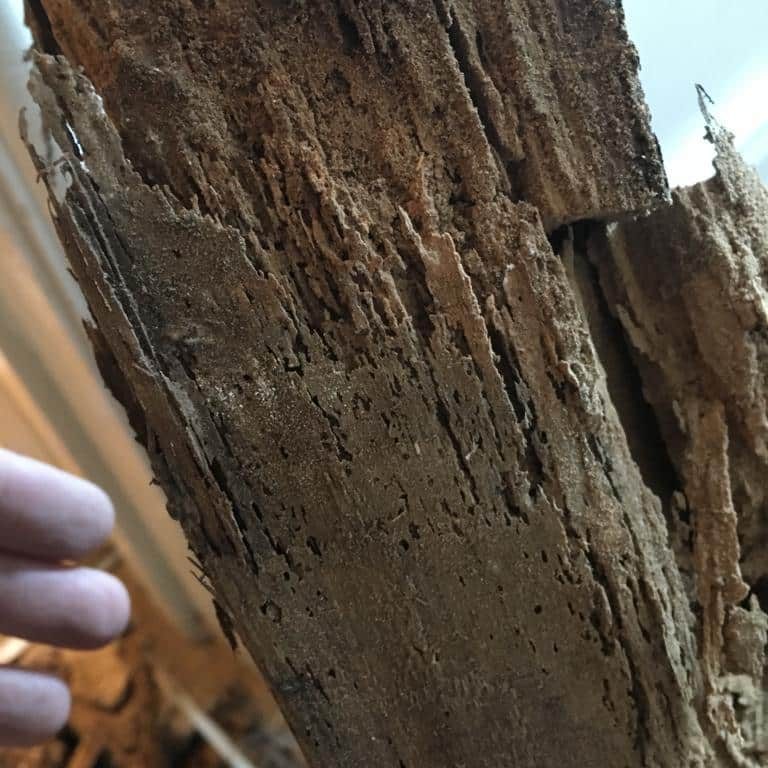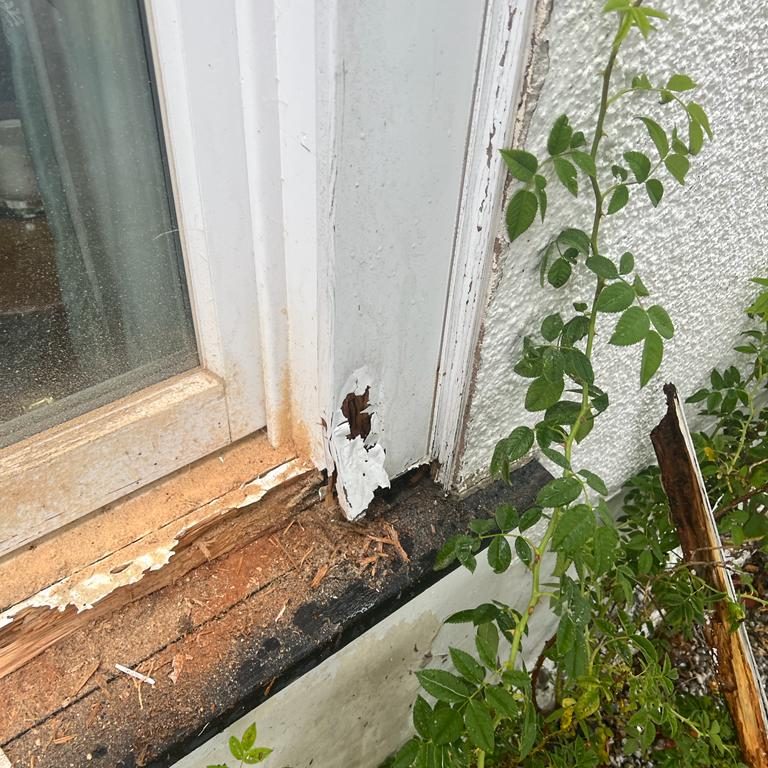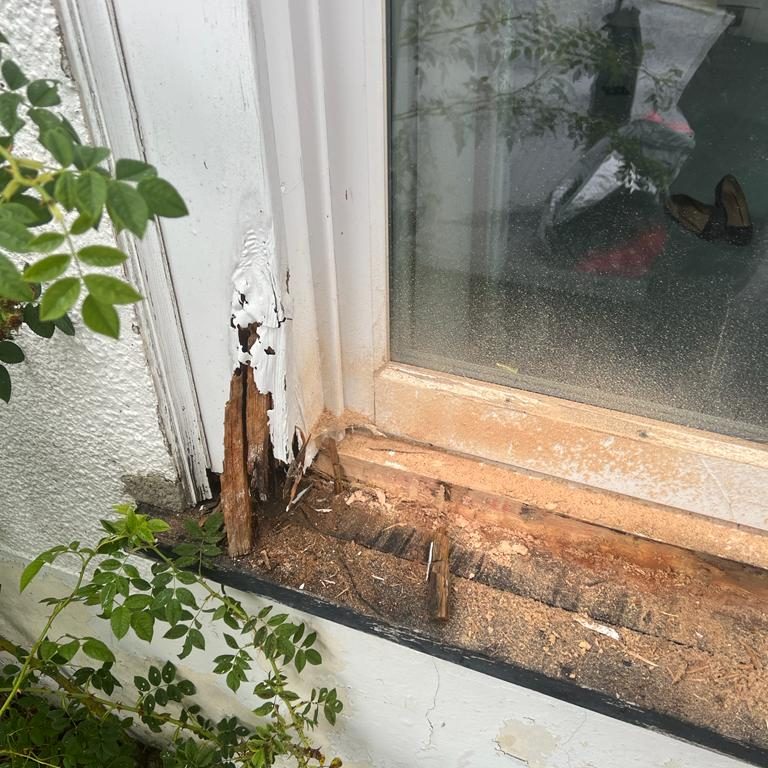Wet rot is less destructive than dry rot since it mostly affects the wet area, but it still has to be dealt with because it might jeopardise a structure's structural integrity.
A kind of wood-eating fungus called wet rot infests exposed wooden parts of Dudley homes. Coniophora Puteana is the kind of the fungus that is most common, while there are other varieties as well. Plaster, wallpaper, and carpets may suffer damage from wet rot, which feeds off the moisture and nutrients in wood to stay alive. When damp rot slowly consumes wood, it disperses spores into the atmosphere in the hopes that they will land on freshly exposed wet wood surfaces.
If you notice any signs of wet rot in your Dudley home, contact us today!
Dudley's Wet Rot Types
Coniophora Puteana, the most prevalent fungus, is sometimes referred to as damp rot and basement fungus. In your Dudley home, wet rot frequently affects one of two main areas:
White rot
When a certain type of wood is infected by the damp rot fungus to deteriorate it, it may seem whiter. It is referred to as "white rot." When the fungus consumes lignin, which holds the wood's cells together and gives it its intrinsic stiffness, white rot occurs. White rot is a result of the fungus's consumption of lignin and cellulose as well as the removal of the darker pigments. The result is that the wood has a delicate, bouncy feel to it.
Brown rot
Brown rot seems more black in comparison to white rot. It could resemble the colour of the damaged wood extremely closely. The damp rot fungus sometimes feeds on sugars and cellulose since it can't break down the lignin in some types of wood. The outcome is that the damaged wood looks brown.


Why do you have Wet Rot in Dudley?
When wood is exposed to excessive moisture for a lengthy period of time, wet rot may develop in Dudley homes. Wet wood is susceptible to this type of deterioration, which makes it softer.
The moisture that this wood absorbs leads to the development of wet rot. Moisture comes from a number of places.
Wood that has been exposed to either an internal or external moisture source will eventually show signs of wet rot. Building components made of exposed timber are usually covered, making them invisible.
Causes of wet rot include:
- Condensation
- Overflowing or leaking gutters
- Pipework leaks
- Roof issues
- Shower trays and bathing areas
- Dampness through walls
How to Identify Wet Rot In Dudley
It might be difficult to detect wet rot in your Dudley house since its symptoms can occasionally be mistaken for those of dry rot. Due to the distinct colour of the rotting wood and the varying sizes and types of cracks that it develops over time, an expert should be able to distinguish between damp rot and other types of rot.
The common signs of wet rot include:
- Soft and spongy timber
- Localised fungus growth
- Darkened timber – darker than surrounding timber
- Cracked appearance that may crumble to touch when dry
- A damp, musty smell
- Shrinkage
if you have these symptoms in your home, contact CGT Carpentry today for the safest & most reliable Wet Rot treatments in Dudley.

